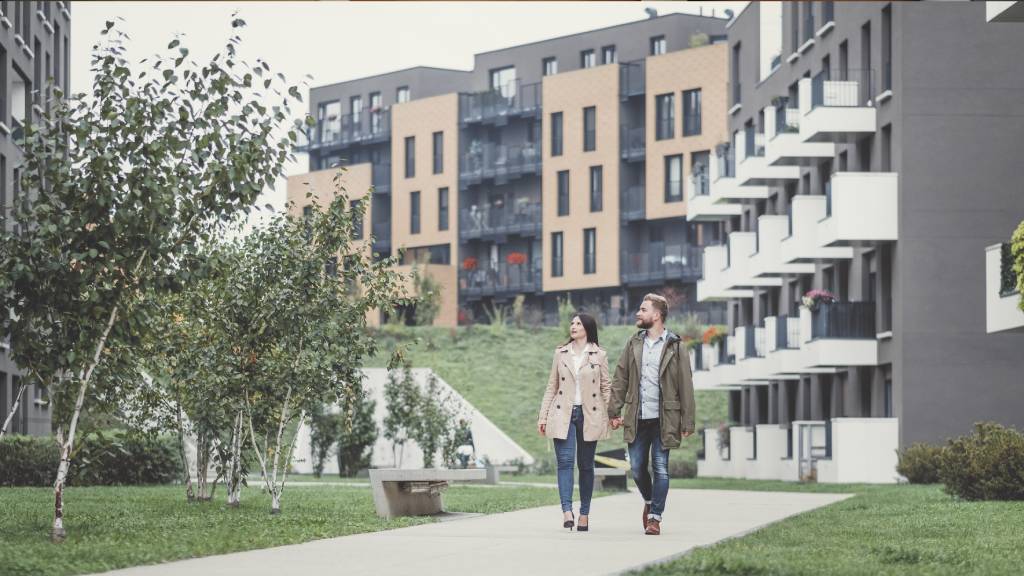The rise of the renter

If you’re a long-time renter and feel like there’s no end in sight, you’re not alone. Many of us have given up on the “Australian Dream” of owning a home due to feeling priced out of the market, but there’s more to the story.
A rise in renting and a desire to relocate are just two big changes that have come about since the pandemic – which has also impacted everything from our finances to how we work, socialise and travel. Here’s what’s driving these shifts, according to the Real Home Shift Survey.
The rising popularity of renting in Australia
Around 32% of Australians rent their homes, and the private rental sector hit a 10-year high in December 2020.
And, along with a trend towards renting, we’re also choosing to rent for much longer, with over 33% of renters currently renting long-term.
It’s no surprise when you consider that renting can be more affordable; you may only need to put down a month’s deposit, which of course is much smaller than the deposit you would need when buying a house, plus if something in your rental property breaks or is faulty, you can often just ring the agent or landlord who will organise and pay for the repairs on your behalf.
And let’s not forget, renting gives you a lot more flexibility on where you want to live and the type of property you can choose. For example, if you want to relocate to a rural or regional area – and more than 2 in 5 Aussies have done this in the past two years, or are considering doing it, according to our research – renting could help you find your feet in between living situations.
Lowered interest in owning property
Rising house prices, having to save a hefty 20% deposit and not being able to buy in the desired area are all challenges facing first time home buyers.
Could it be that many of us have simply given up (at least for now)? It’s certainly possible. According to The Real Home Shift Report, 90.6% looking to become homeowners say they’re finding it hard to get onto the property ladder and only 8.3% of Australians rank home ownership as a top priority, which shows that many of us have well and truly stepped away from the prospect of property ownership.
Plus, 17.4% are worried about being in debt – and it is a factor. While interest rates are at historic lows right now (which pushes up demand for properties and can lead to rising house prices), if rates rise, that can leave property owners struggling to meet repayments. .
Renting outside the CBD
During the pandemic, working from home suddenly became the norm for millions of Australians who were used to heading into an office each day.
And while many of us are slowly starting to filter back into the workplace, the work-from-home shift has left many Aussies reassessing how they want to work and where they want to live. After all, if you don’t have to commute, why should you be paying huge rent to stay near your workplace?
Flexible working conditions may be set to continue, too, with 47% of employed Australians expecting the amount of work they do from home to continue, according to the ABS. And for employees who aren’t required in the office at all, that’s driving a trend towards renting outside the CBD.
In fact, more than half of those thinking about relocating to regional areas (55.2%) are currently based in metropolitan areas. And of those who have packed their bags and made the move in the past couple of years, a huge 71.3% don’t regret doing so.
Of course, wherever you choose to live, it can be important to review your financial goals, have financial safety nets and consider having insurance in place.
There’s definitely a shift towards renting over buying, and a mass exodus out of our capital cities as more and more Australians choose to relocate to outer suburbs and regional areas where it’s cheaper to live and less stressful than the urban jungle.
Whether these are temporary trends or here to stay remains to be seen, but it’s interesting to see the changes the pandemic is having on our lives and our work in the short term.
29 Jul 2021